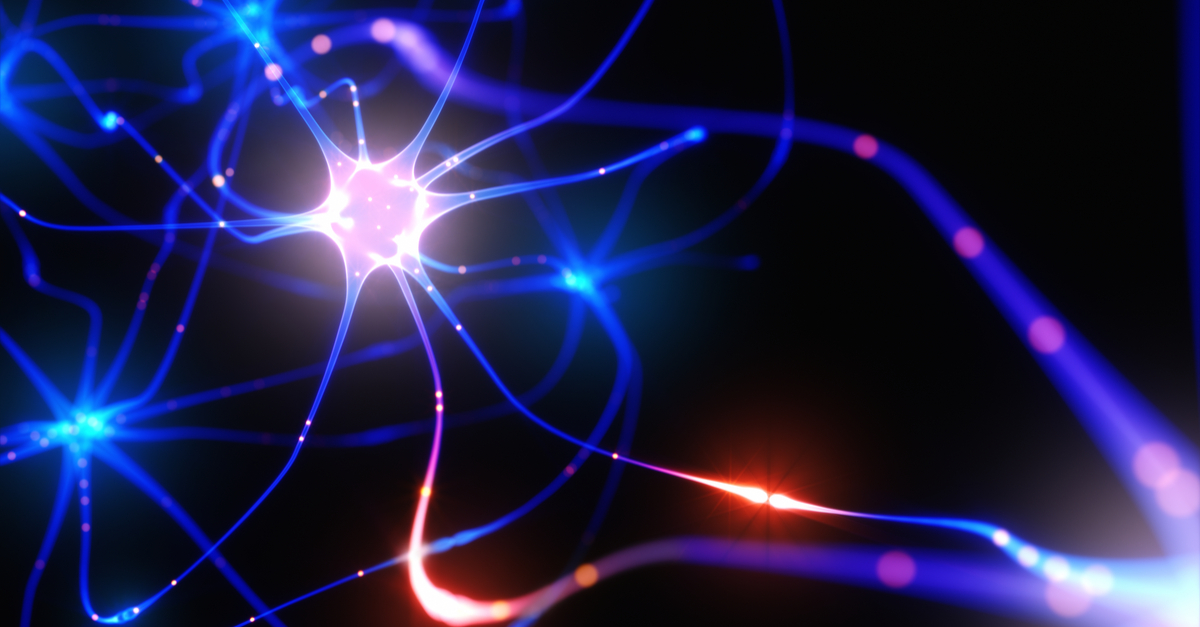Neurfoodback – A Viable Holistic Option

Dr. Amen says, “Change your brain, change your life”. Brain health is certainly a subject that we are hearing more about in our daily news as research confirms the newest findings about brain health. It’s all about the brain and its function. Everything we do is directed from the brain. How we think, calm and regulate ourselves, organize and plan, create, feel emotionally and reach peak performance within our lives is driven by how well our brain is functioning. How we regulate sleep, emotions, thinking and behaviors are all a direct result of how our brain is functioning and regulating itself.
I find this to be an exciting, hopeful area to each of us. Neurofeedback is a holistic treatment modality that can change your brain and thereby really change your life. Some of the benefits include improvement in sleep, attention, follow through in tasks, organization skills, learning disabilities, anger, depression, focus, creativity, mood stabilization, anxiety, autism, aspergers, migraines, pain management, and peak performance. Changing your brain can impact minute but very important parts of your life.
Neurofeedback teaches people how to regulate their brain. It is a fast-growing form of biofeedback. Biofeedback teaches people to regulate the body temperature, blood pressure, heart rate, and other body functions that we don’t realize we can regulate through practice. Neurofeedback teaches people to regulate their brain function through changing their brainwave activity. If the alpha theta brain waves are too high (moving too slow) in the frontal and pre-frontal lobes, this causes the brain to have to work hard to stay awake and focus on tending to a task. In neurofeedback, we would work on training the brain to increase the speed of the slow brain waves so that the person’s brain will work more efficiently and have enough speed in the brainwaves to stay focused with the task.
Treatment would first involve the therapist taking an initial assessment to assess how your brain functions – whether it may be overaroused or underaroused or what areas you may be having trouble regulating.
Training is done by placing sensors on the scalp. The sensors are connected to a computer which allows the therapist to read the brain waves through the electroencephalograms (EEG’s). From this data, we make changes to train the brain to work more optimally. We may decide to train the brain to speed up alpha theta brain waves due to the person’s depression or lack of focus and presence. Or we may work on decreasing the high beta in someone’s brain which has been causing them anxiety, obsessive compulsive symptoms, or anger. We may work on relaxing the body and managing pain through working in the parietal area of the brain. Each treatment plan is individualized for the client’s specific issues.
The training is done by having the client watch a computer with video games on it. Every time the brain goes to the frequency that we want it to, the game beeps and works. The beeping is reinforcing to the brain so it continues to go to the desired frequency. There is no input into the brain. It is all done by reinforcing the brain with beeps – mirroring to the client where his brain is and how it is working. Training can be seen by the changes in the EEG reading which usually correlates to improvement in the symptoms. Training sessions involve anywhere from 20 to 40 sessions, or more. I initially didn’t consider bringing neurofeedback into our practice due to the high number of sessions needed. Then I realized that when people are dealing with a lifelong situation, they are willing to commit to this treatment because it is a small amount of time to finding lasting changes and increasing success in managing life.
There have been several research reports which support the benefits of neurofeedback for specific areas. One area is for the treatment of Attention Deficit Hyperactivity Disorder (ADHD). A study that was conducted in Germany explored the effects of neurofeedback as a non-pharmacological treatment of ADHD. The study compared the efficacy of neurofeedback with computerized attentional skills training. The study focused on children between 8 and 12 years of age. The finding of this study was that children in the neurofeedback group made significantly greater improvements in parent and teacher ratings of ADHD symptoms as compared to the group with computerized attentional skills training. (Gevensleben H, 2009) Our experience with neurofeedback treatment of ADHD here at Wholeness Healing Center has found that children (and adults) are able to train their brains to focus better, follow through on tasks, and be less oppositional.
Another study that was published in Science Daily in March showed that significant changes were observed in brain plasticity following alpha brainwave training. In this study, researchers found that half an hour of voluntary control of brain rhythms is sufficient to induce a lasting shift in cortical excitability and function. Researchers found that with the aid of neurofeedback systems, which essentially mirror the brain waves to the client for instantaneous feedback of brain activity, the client can learn to control his/her brain activity. What researchers further discovered was that tangible changes in cortical function actually took place after the brainwave training. This implies neuroplastic (plastic reorganization of brain structure and function) change within the brain. (Ros, Munneke, Ruge, Gruzelier, & Rothwell, 2010) The researchers state that inner control of one’s own brain activity can be learned with the aid of neurofeedback. The exciting part of this is that we can change our brain and when we do this, we really do change the quality of our lives! We have been offering neurofeedback services since December 2005. We have three therapists trained and offer these services at both offices.
Gevensleben H, H. B. (2009). Is neurofeedback an efficacious treatment for ADHD? Child Psychol Psychiatry , 50; 780-9.
Ros, T., Munneke, M., Ruge, D., Gruzelier, J. H., & Rothwell, J. C. (2010). Endogenous control of waking brain rhythms induces neuroplasticity in humans. European Journal of Neuroscience , 31 (4): 770.
Science Daily. (2011, March 19). New Insight into the Brain’s Ability to Reorganize Itself. Retrieved April 20, 2011, from sciencedaily.com.
ABOUT THE AUTHOR

Janie Pfeifer Watson
Licensed Independent Clinical Social Worker
Licensed Independent Mental Health Practitioner- Janie Pfeifer Watson, LICSW, is the founder and director of Wholeness Healing Center, a mental health practice in Grand Island, Nebraska with remote sites in Broken Bow and Kearney. Her expertise encompasses a broad range of areas, including depression, anxiety, attachment and bonding, coaching, couples work, mindfulness, trauma, and grief. She views therapy as an opportunity to learn more about yourself as you step more into being your authentic self. From her perspective this is part of the spiritual journey; on this journey, she serves as a mirror for her clients as they get to know themselves—and, ultimately, to love themselves.
LATEST ARTICLES BY Janie Pfeifer Watson
- Glimmers of Light – Nurturing Joy During the Holidays
- Live Stronger: Strength, Balance, and Social Connection after 50 Stay strong. Stay Connected. Stay independent.
- Healing is a Lifelong Journey, and It Doesn’t Happen in a Straight Line
- Habits to Develop to Age Well
- Discover the Power of EMDR Therapy at WHC
Subscribe today
Sign up to receive the latest mental health tips and inspiration